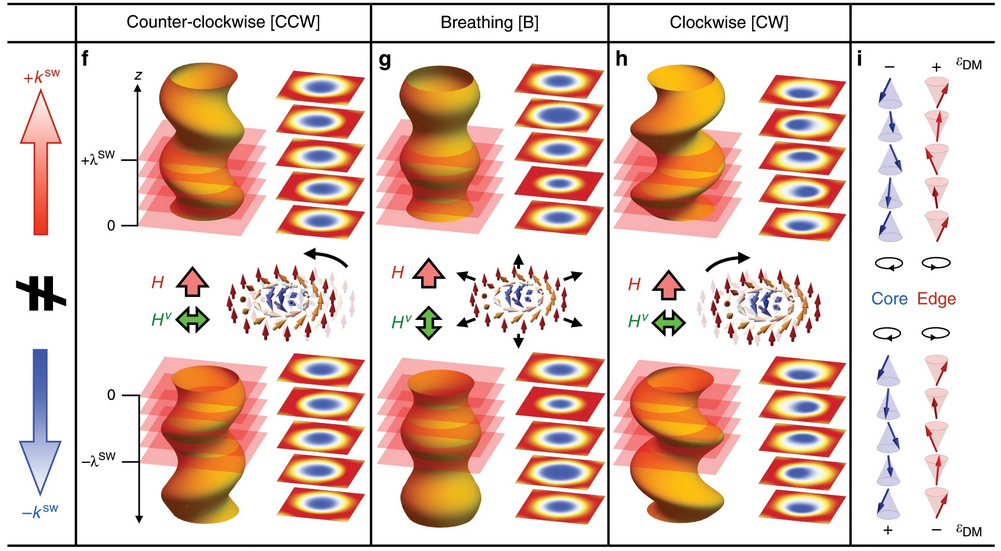Head: Prof. Dr. Markus Garst
In our working group we investigate collective phenomena in quantum materials. The interplay of different degrees of freedom of electronic nature such as spin, charge and orbital as well as those of the crystal lattice may lead to macroscopic quantum phenomena leading to extraordinary electronic, magnetic and mechanic materials properties. Our theoretical investigations aim at explaining and predicting experimental results.


